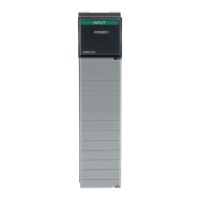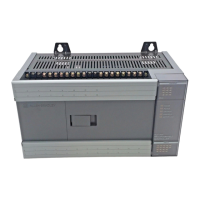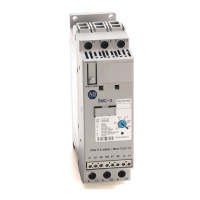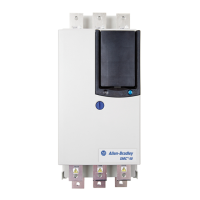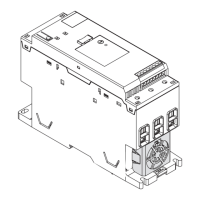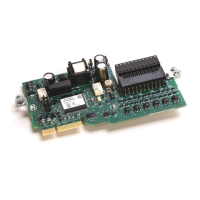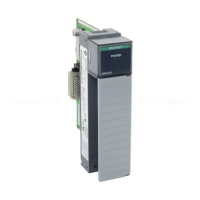Publication 1747-RM001G-EN-P - November 2008
Math Instructions 4-7
Example of 32-bit Addition
The following example shows how a 16-bit signed integer is added to a 32-bit
signed integer. Remember that S:2/14 must be set for 32-bit addition.
Note that the value of the most significant 16 bits (B3:3) of the 32-bit number
is increased by 1 if the carry bit S:0/0 is set and it is decreased by 1 if the
number being added (B3:1) is negative.
To avoid a major error from occurring at the end of the scan, you must
unlatch overflow trap bit S:5/0 as shown in the example ladder diagram to
follow.
TIP
The largest possible number is 2,147,483,647
(7FFF FFFF)h.
Table 4.6 Add 16-bit value B3:1 to 32-bit value B3:3 B3:2
Add Operation Binary Hex
Decimal
(1)
Addend
Addend
B3:3 B3:2
B3:1
0000 0000 0000 0011 0001 1001 0100 0000
0101 0101 1010 1000
0003 1940
55A8
203,072
21,928
Sum B3:3 B3:2 0000 0000 0000 0011 0110 1110 1110 1000 0003 6EE8 225,000
(1)
The programming device displays 16-bit decimal values only. The decimal value of a 32-bit integer is derived from the displayed binary or hex value. For example, 0003
1940 Hex is 16
4
x3 +16
3
x1 + 16
2
x9 + 16
1
x4 + 16
0
x0 = 203,072.
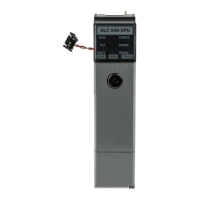
